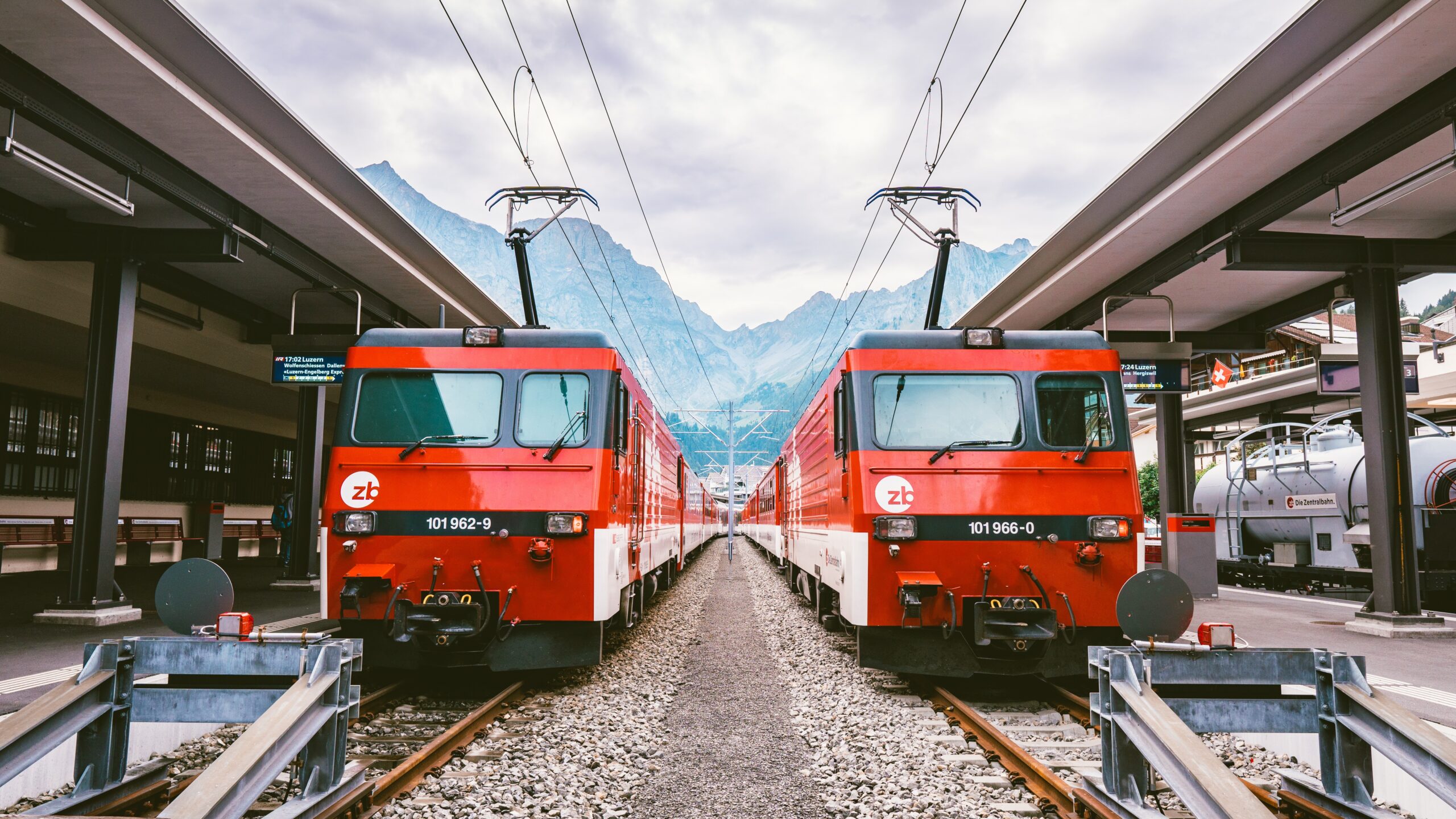Trains have always been an important mode of transportation in the United States, connecting cities and communities across the country. However, Amtrak, the country’s national passenger railway, has struggled to keep up with the speed and efficiency of trains in other parts of the world. Despite its many challenges, Amtrak remains a vital part of the American transportation landscape, and it is important to understand why it has struggled to improve its services.
One of the main factors affecting Amtrak’s slow speed is the infrastructure of the railway system. The majority of Amtrak’s trains run on tracks owned by freight railroads, which have priorities that often conflict with Amtrak’s need for speed. Freight trains take priority over passenger trains, and this often results in Amtrak trains being forced to slow down or even stop to wait for freight trains to pass. This creates significant delays and reduces the speed of Amtrak’s services.
Another factor affecting Amtrak’s speed is the aging infrastructure of the railway system itself. Much of the track and equipment used by Amtrak is decades old and in need of repair or replacement. This can result in slow speeds and decreased efficiency, as well as increased safety risks. The cost of upgrading and maintaining the infrastructure of the railway system is a major challenge for Amtrak, and it has struggled to secure the funding needed to make these improvements.
In addition to the challenges posed by the infrastructure of the railway system, Amtrak has also struggled with operational issues. The company has been criticized for its management practices and lack of investment in new technologies and equipment. This has resulted in inefficiencies and reduced speed, as well as a decrease in the quality of services offered to passengers.
Despite these challenges, Amtrak has been working to improve its services and increase its speed. The company has made significant investments in new technologies, including high-speed trains and improved train control systems. It has also focused on improving its operations, including reducing the number of train delays and improving the quality of customer service.
Despite these efforts, Amtrak continues to face significant challenges in improving its speed and efficiency. One of the main reasons for this is the limited funding available to the company. Amtrak receives significant government subsidies, but it is still facing budget constraints and a lack of investment in the infrastructure of the railway system.
Another factor affecting Amtrak’s speed is competition from other modes of transportation, including cars and airplanes. The ease and convenience of these modes of transportation have made them popular choices for many Americans, and Amtrak has struggled to compete.
In conclusion, the state of American trains is a complex issue with many factors affecting the speed and efficiency of Amtrak’s services. From the aging infrastructure of the railway system to the competition from other modes of transportation, Amtrak faces many challenges in improving its services. However, the company is making significant efforts to increase its speed and efficiency, and it remains an important part of the American transportation landscape. If you’re considering taking a trip by train, remember that Amtrak offers a unique and scenic way to travel, but be prepared for slower speeds and some delays.













Recent Comments